Mustard
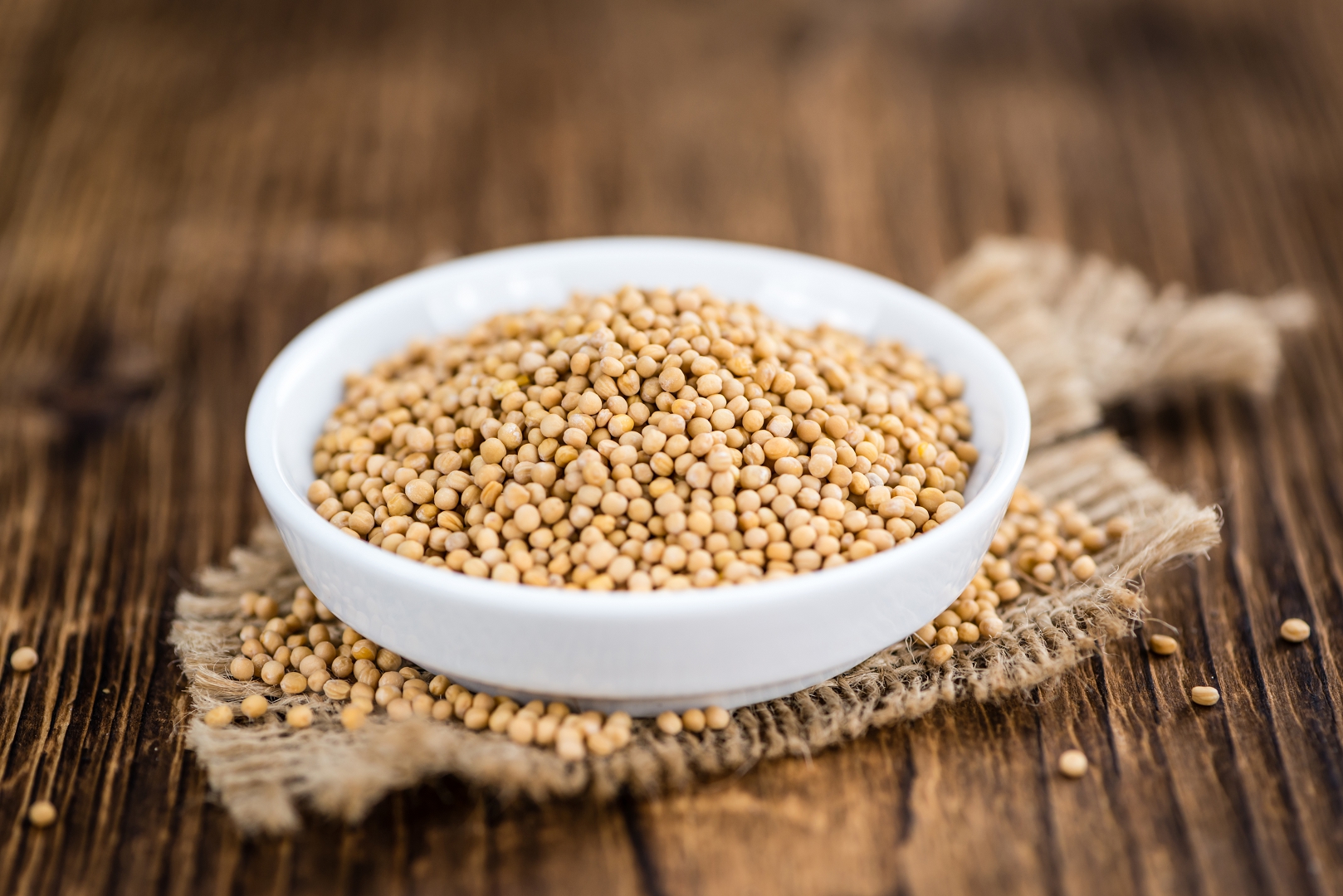
Mustard - any of several herbs belonging to the mustard family of plants, Brassicaceae (Cruciferae), or the condiment made from these plants’ pungent seeds. The leaves and swollen leaf stems of mustard plants are also used, as greens, or potherbs.
The principal types are white, or yellow, mustard (Sinapis alba), a plant of Mediterranean origin; and brown, or Indian, mustard (Brassica juncea), which is of Himalayan origin. Both white and brown mustard are grown as spring-sown annual crops whose dry seeds are harvested in early autumn. From very small seedlings, the plants grow rapidly and enter a phase of dense flowering; the blooms have an intense yellow colour.
The plants reach their full height of 1.5 to 2 metres (5 to 61/2 feet) as their flowers fade and after numerous green seedpods appear on their branches. The pods of brown mustard contain up to 20 seeds each, those of white mustard contain up to 8 seeds. Mustard plants are easy and inexpensive to grow; they flourish on many different types of soil, suffer from unusually few insect pests or plant diseases, and tolerate extremes of weather without serious harm.
The use of mustard seeds as a spice has been known from the earliest recorded times and is described in Indian and Sumerian texts dating back to 3000 BCE. Mustard plants are mentioned frequently in Greek and Roman writings and in the Bible. In the New Testament, the tiny mustard seed is a symbol of faith. Mustard seed was used medicinally by Hippocrates, among other ancient physicians. During the 20th century the use of mustard as a spice or condiment has grown to the extent that it is by far the largest spice by volume in world trade.
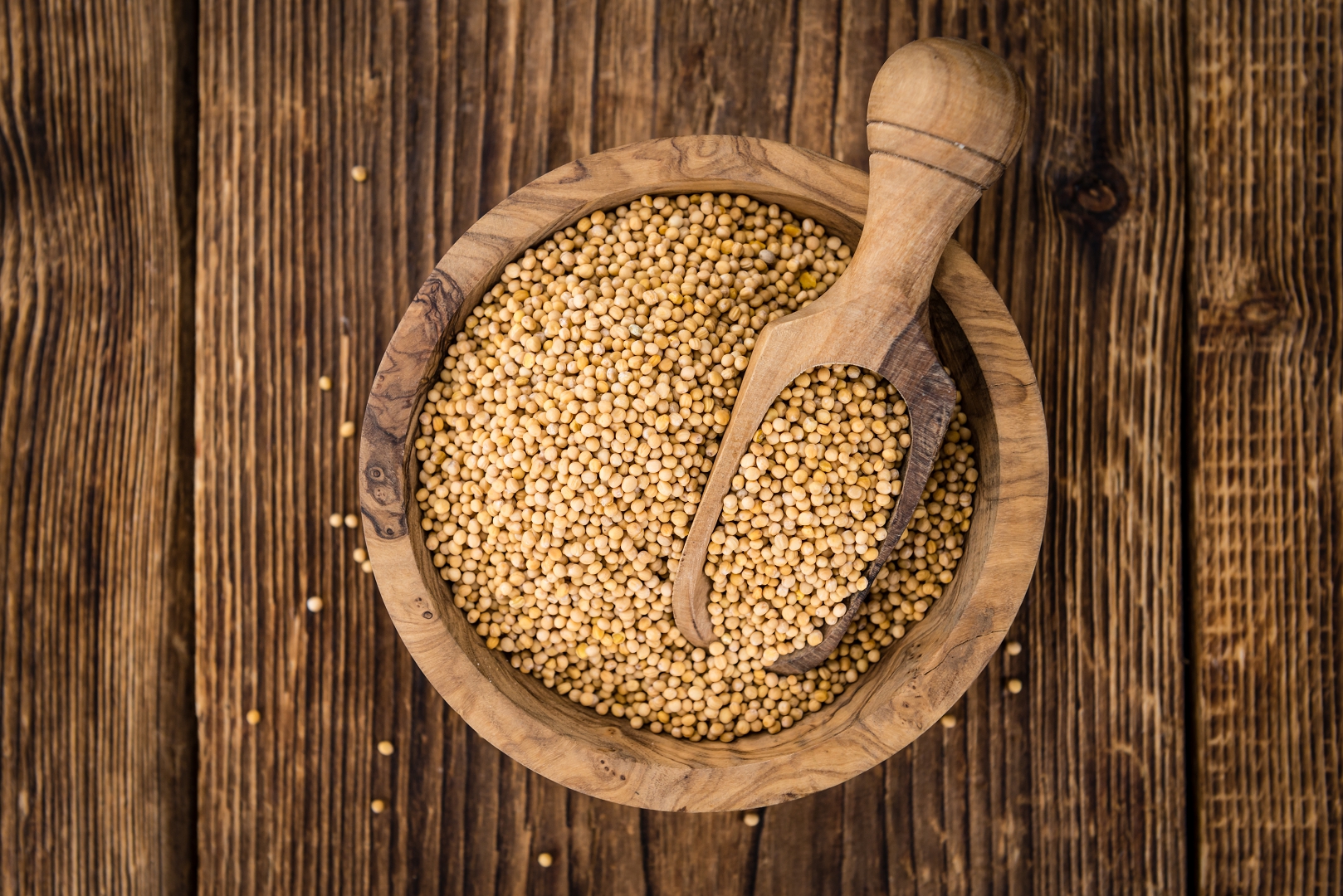
The composition of mustard
Mustard grains, from which mustard is made, contain protein (more than 25%), fats (up to 35%, mainly unsaturated fatty acids), essential oil, as well as micro and macronutrients: potassium, zinc, magnesium, iron, calcium, sodium. The composition of spice includes enzymes, mucus, glycosides, dietary fibers.
The mustard also contains a lot of vitamins: B, E D, A, and the latter is stored in it for more than six months. The fat component is erucic, linolenic, oleic, linoleic, peanut acids. Glycosides sinalbin and sinigrin, which is in the mustard helps in the cough and bronchitis treatment.
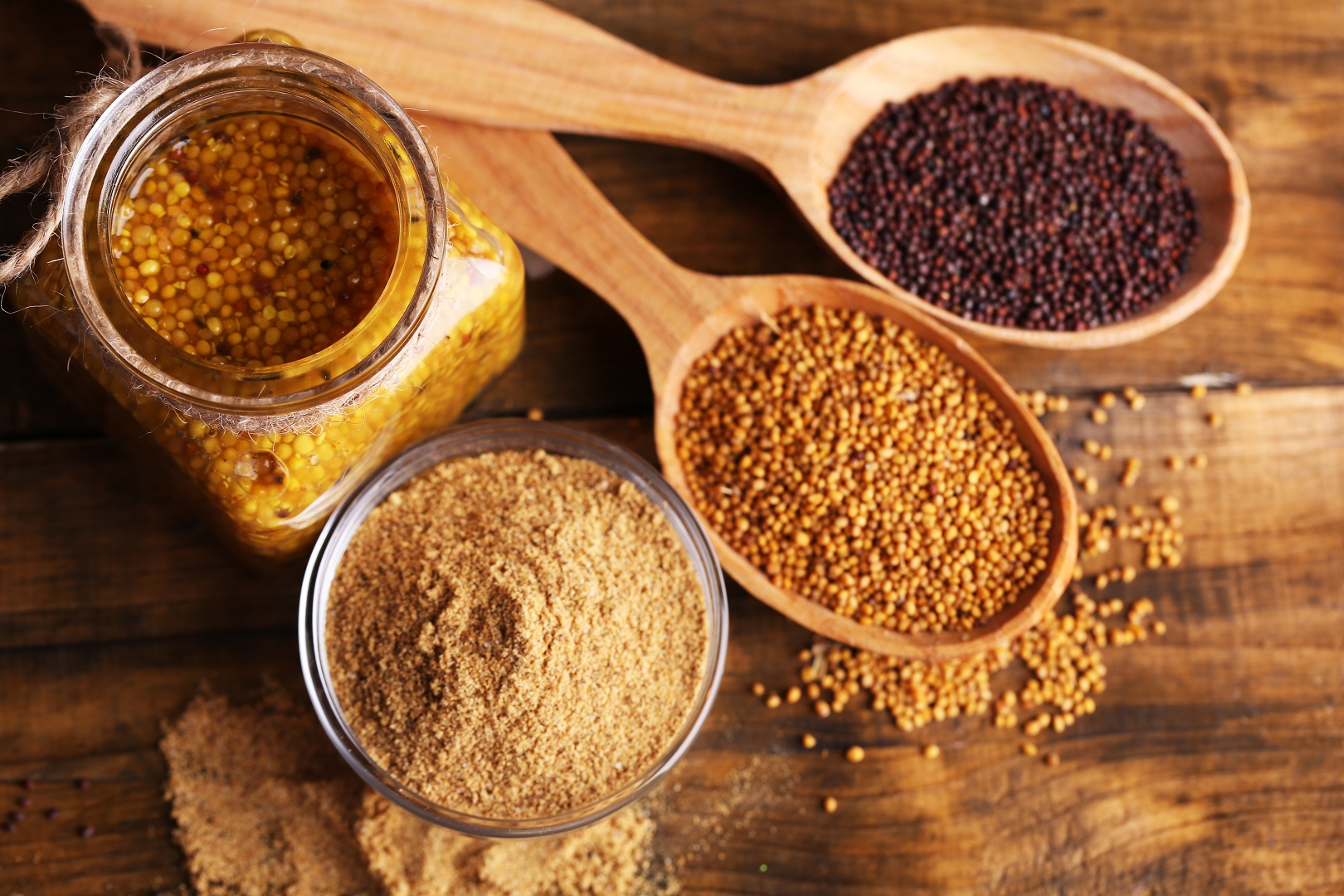
Effects on organism
Mustard is useful for appetite, it improves digestion of protein foods, while activating metabolism, improves salivation. Known benefits of mustard and weight loss, the ability to break down fats leads to the fact that people, who want to lose weight not only eat mustard, but also make wraps and body masks with it.
The main useful qualities of mustard are antimicrobial, antifungal and anti-inflammatory actions. The main part of microbes in the stomach are "afraid" of mustard. Mustard also has anti-oxidant, laxative and enveloping action. This spice is widely known for its burning quality. It’s necessary to use it moderately, otherwise in large amounts mustard can harm: burn the mucous of the digestive system, cause skin irritation. Therefore, people suffering from ulcerative lesions should use mustard with extreme caution.
It is very useful to eat mustard during colds, it helps against cough and laryngitis, it is widely used as a warming and irritating agent that increases blood circulation in organism. During strong and prolonged rhinitis, mustard powder is poured into socks for the night and mustard baths for the feet are made.

Medicinal qualities
After extraction of edible oil from the seeds remains cake-mustard powder, raw materials for the manufacture of mustard and mustard anti-rheumatic patch. Various patches of mustard are used in the treatment of bronchitis, pneumonia, neuralgia, and is also used in radiculitis, gout, neuritis. In addition, mustard powder is also used to wash oily head skin and for hair strengthening.
Mustard is widely used to treat skin diseases such as psoriasis and neurodermatitis. Mustard is also beneficial for the nervous system, its consuming stimulates the blood circulation of the brain, increases intelligence and improves memory.
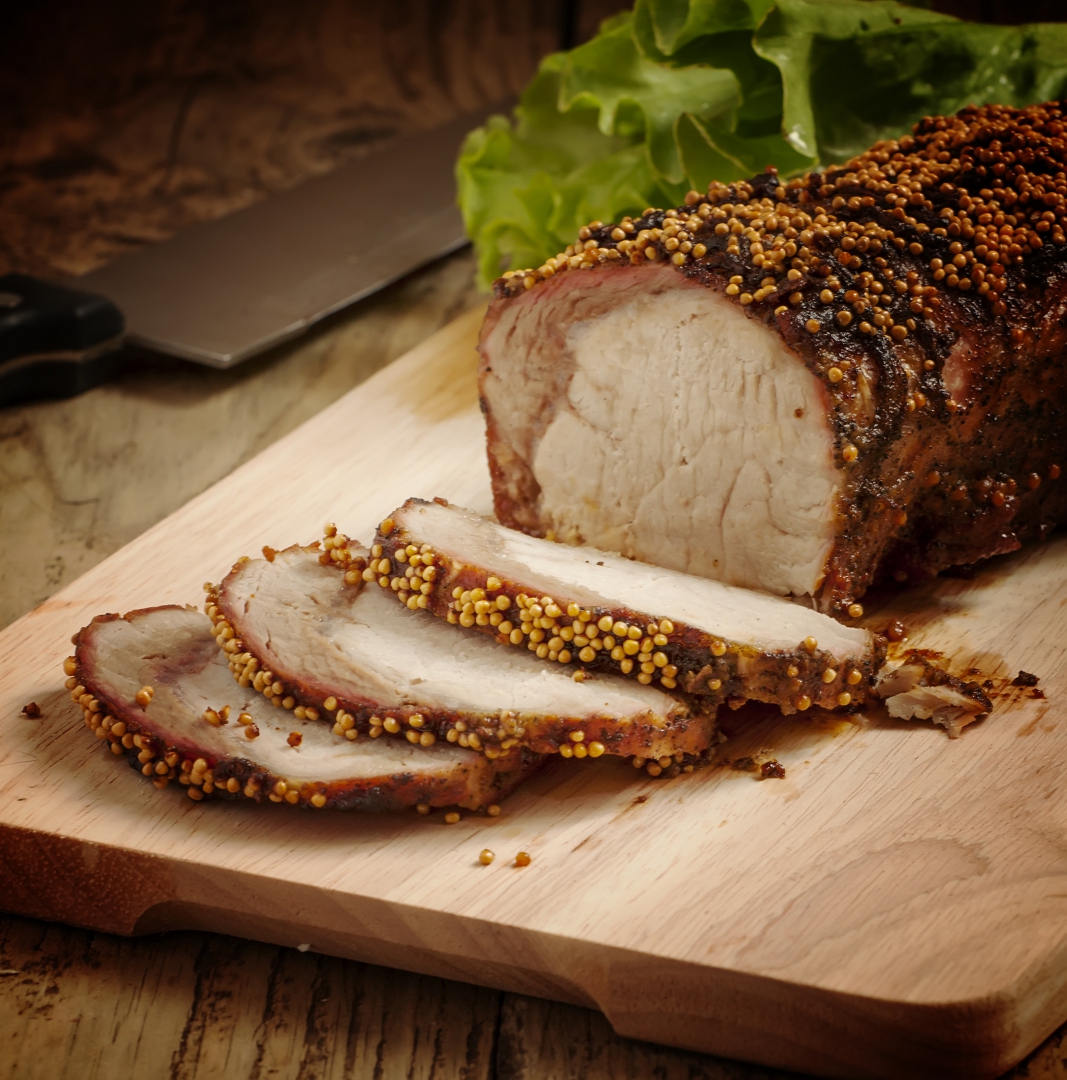
Use in cooking
As a condiment, mustard exists in three forms: as seeds, as dry powder that is freshly mixed with water for each serving to obtain the most aroma and flavor, and prepared as a paste with other spices or herbs, vinegar or wine, and starch or flour to tone down the sharpness. The differing flavors of white and brown mustard are used in different condiments; the pungent brown is used in French-type paste mustards, and the white is used in milder American- or German-type pastes, while both types are used in English mustard products. Mustard is widely used as a condiment with various foods, particularly cold meats, sausages, and salad dressings. It is also used as an ingredient in mayonnaises, sauces, and pickles.
Mustard is also capable to improve appetite and make any dish more tasty and fragrant. Depending on the variety, as well as additional components, the spice can have spicy, sour, burning and even sweet taste. Condiment made of mustard, goes well with meat dishes, helps to digest proteins and fats.
When frying meat, mustard breading not only improves its taste, softens and doesn’t allow the juice to flow, but also forms a beautiful golden crust, acting as a preservative that prevents the development of bacteria. Mustard itself is a part of mayonnaise and various dressings for salads and sauces. In addition, mustard seeds are often used in pickling and canning, giving pickles a special touch of originality.
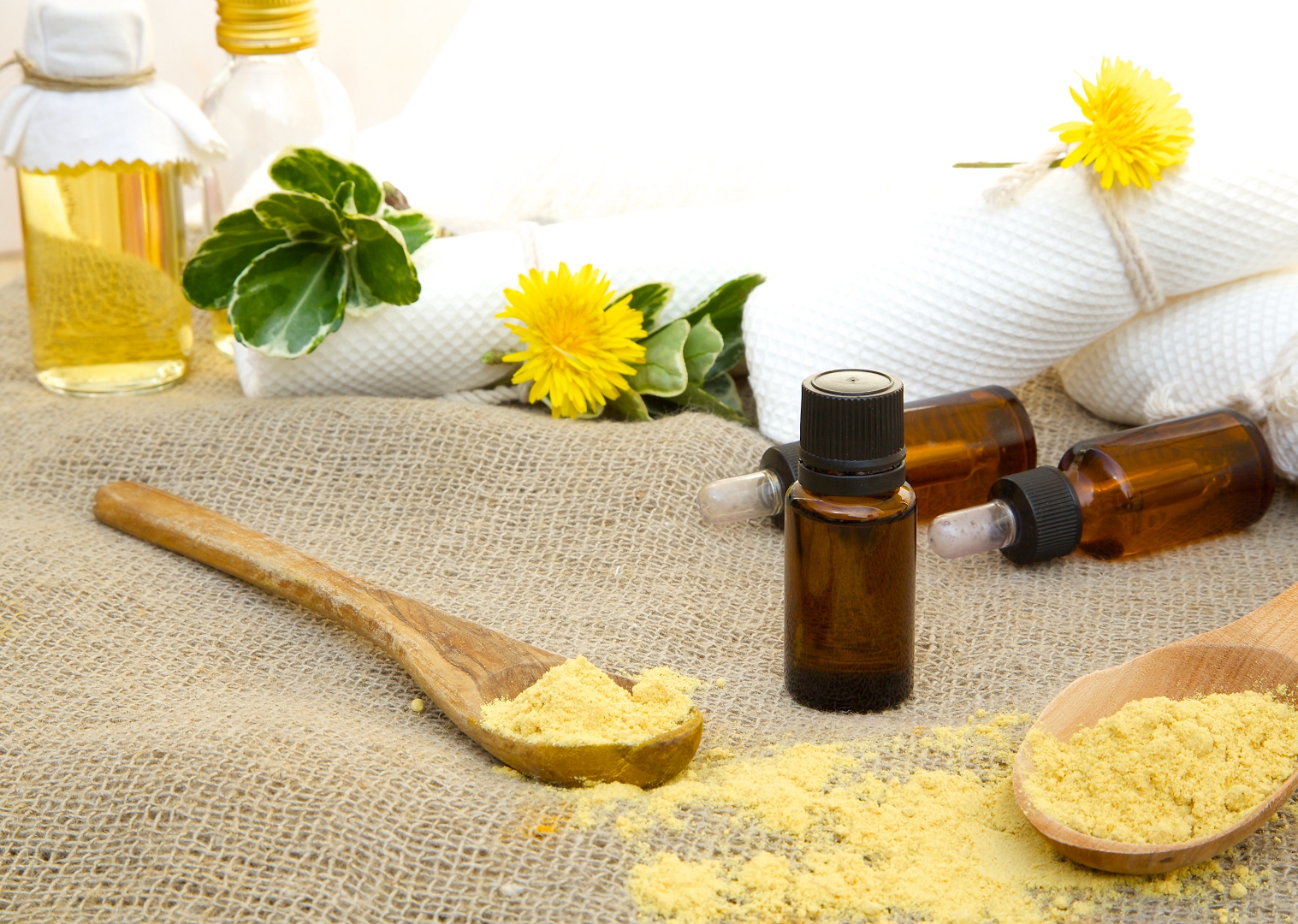
Mustard oil
Mustard oil has an original pleasant taste and wonderful aroma. It contains beta-sitosterol, choline, chlorophyll, nicotinic acid, vitamin a, E, D, B6, PP, K and R. In addition, the oil is rich in natural antibiotics (isothiocyanates, synegrine, essential mustard oil), so it has bactericidal and anthelmintic activity.
Mustard oil weakly and slowly oxidizes, added to other oils contributes to their preservation. Vitamin A contained in it keeps for a long time (up to 8 months), retinol promotes growth and development of organism, provides normal function of the epithelium of the mucous membranes and skin, increases the organism's resistance to infections. It is also an effective tool for the treatment of gastrointestinal and cardiovascular diseases, external wounds, burns.


